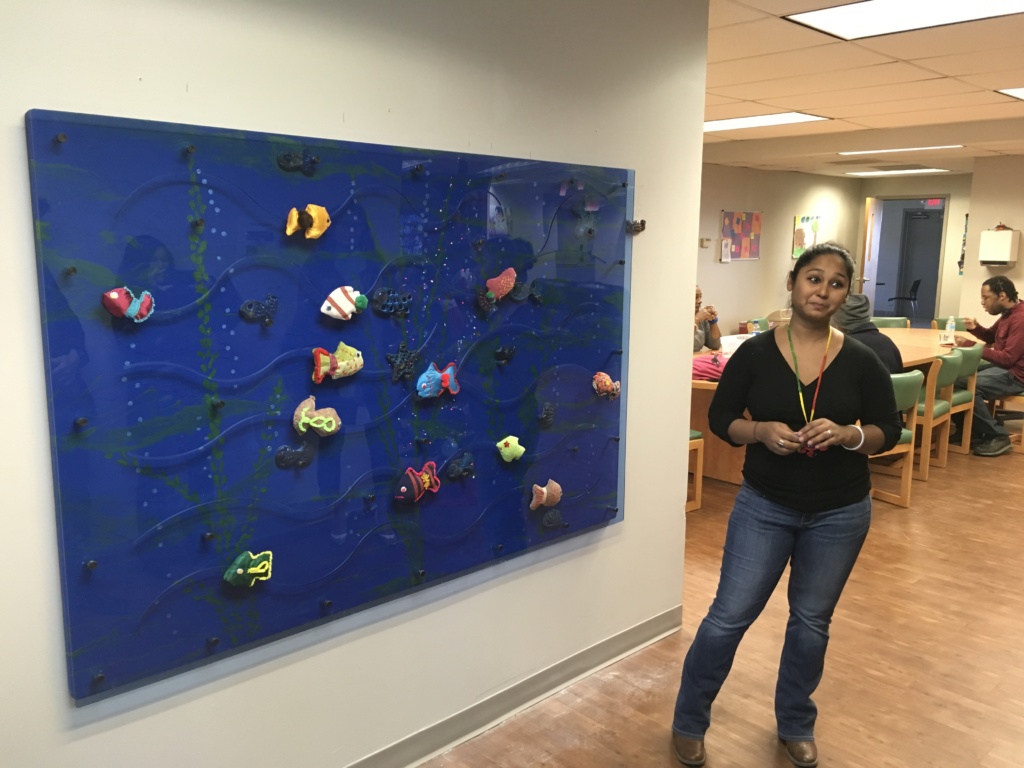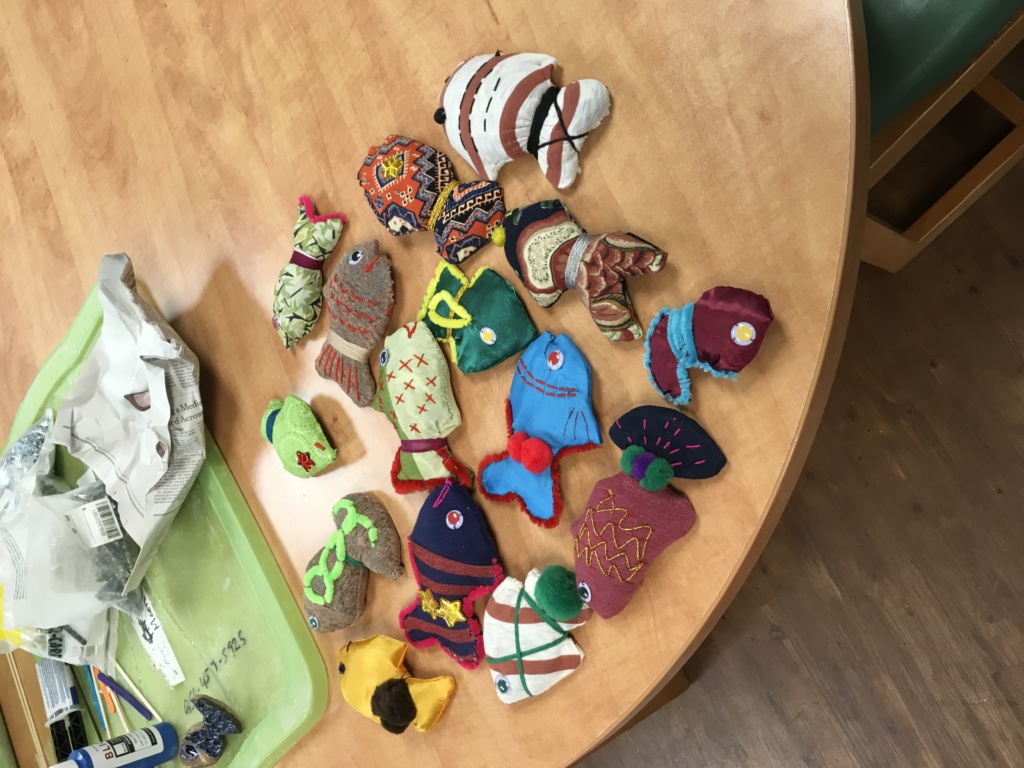
My first community art project in a new country and thats too with an autism centre was not easy but at the end everything ended perfectly as it happens in almost all the projects of artologue.
Even before coming to United States, I had opted for community art project in my course in Saint Louis, Missouri. It was a crucial decision given that I was entering into a new culture, a new academic system and was pregnant with my first child.
And then I got to know that we will be working with autistic adults for a prolonged period of three months. I was excited, frightened, stressed and happy at the same time.
Excited as I was extending my community art project, frightened because ways of working in India is different than US, stressed because we have worked earlier with few autism kids and it is not easy and happy because it was for the first time I was working with a professor who is himself an established artist.
At the end it turn out to be an enriching experience so much so that I was permitted for the community art engagement course again in the spring semester.
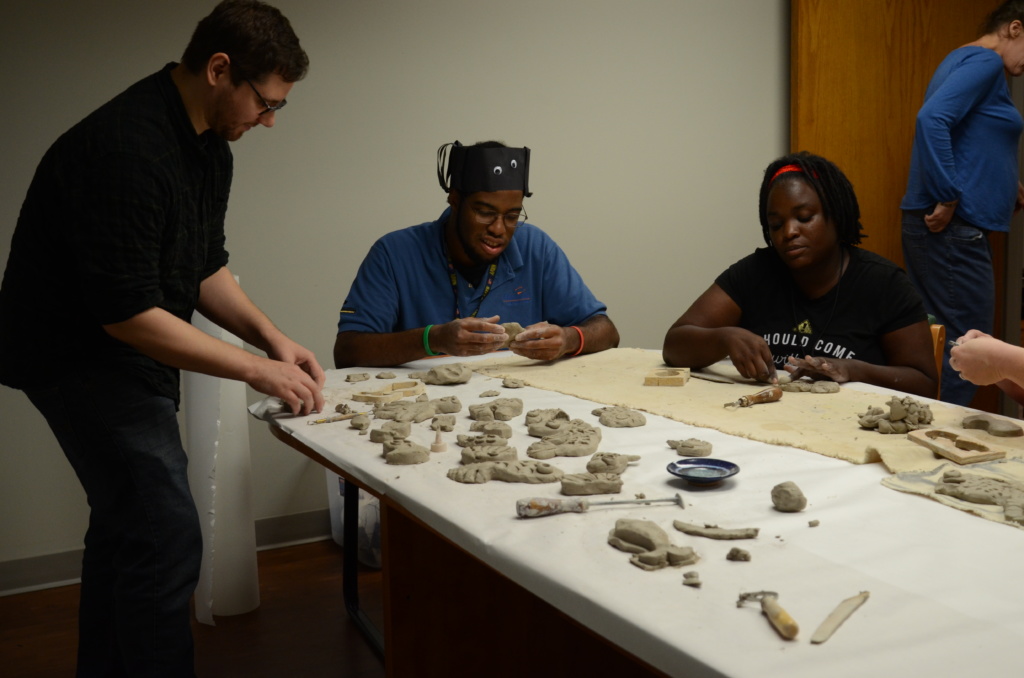
Working with autistic adults is different than working with autistic children. Autistic people have very strong personality traits. They might be highly a-social and do not like people around them, some might be very social and love to talk, hug, kiss, shake hand and laugh aloud. Yet others may be very shy and quiet. But some of them may have severe emotion management issue and hyper-sensitive senses. They may not be able to understand and handle their own emotion and physical changes, sounds and touches.
This autism centre had ‘clients’ falling in all the above mentioned categories.
Working for and with Autistic people is tough for the same reason that they have strong liking for somethings and absolute aversion from others. Creating an art work that would not upset any of the clients, be safe for hyper active and highly sensitive clients is a challenge.
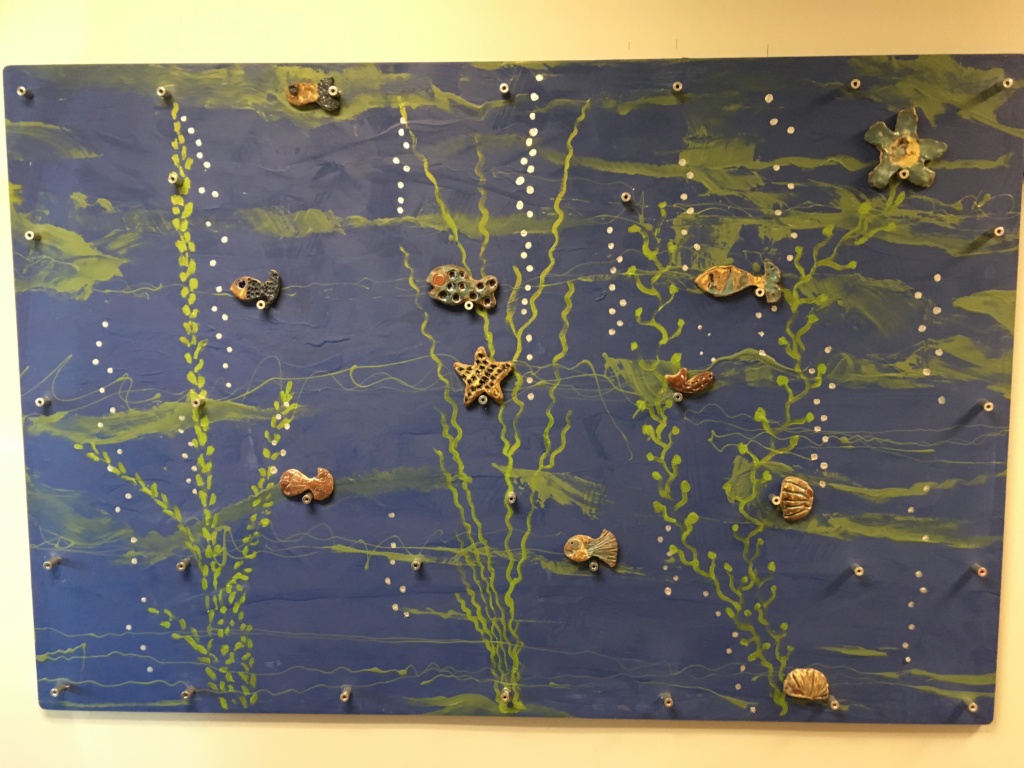
3 hours for 5 consecutive Tuesdays were spent on finalizing one idea for creating one work of art to be donated to the autism centre. We had to put up a presentation at the Autism Centre and until the staff approved our idea, we could not move ahead.
My idea of ‘Mobile fishes on wall” was accepted which I decided to do with the help of the autistic adults, by engaging them in the process of making the art work. I could have done in sitting in my studio but as we have done in artologue earlier as well…I involved them as much as I can.
The first challenge was to chose a material that would be safe and easy to work with them. Among all possible options available, we finally settled with clay. Clay is a kind of mud that is used to make pottery and toys. It is safe, soft, dull in color and easy to transport from university to the Centre and back. I could also work further on the clay shapes if needed.
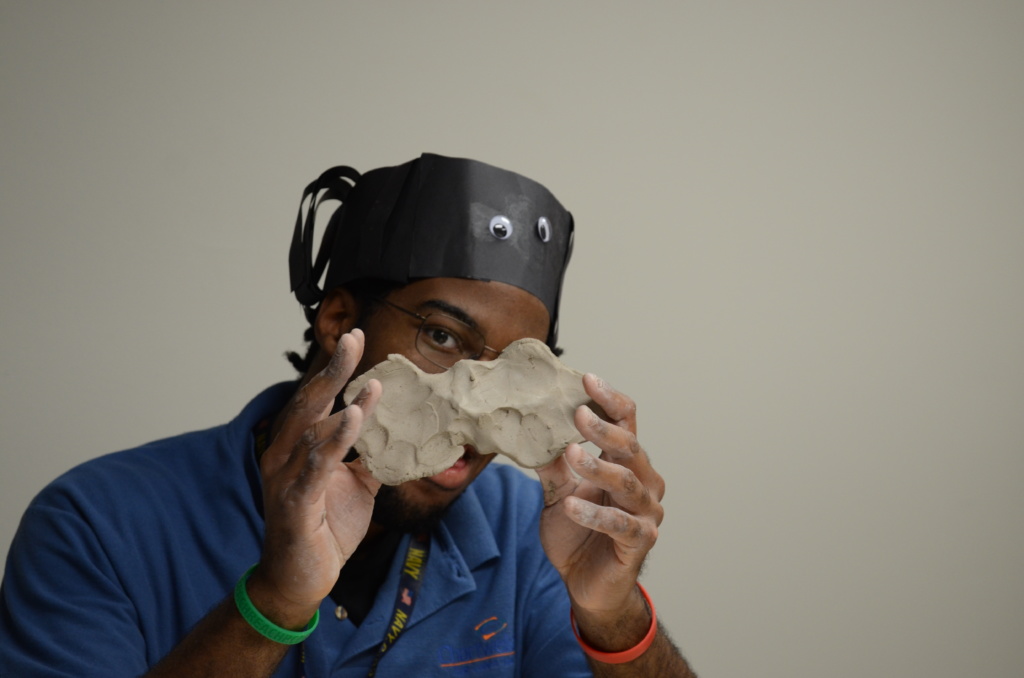
On the second visit to the Centre, I took basket full of clay and some wooden fish moulds. The ‘clients’ there hand moulded fishes with the help of staff at the Centre. Out of 20 clients, 6 participated in the process for two and a half hour. The staff explained me that it is remarkable how these 6 clients took interest in the process and stayed calm and creative.
It was not a smooth day. One of the autism adult lost her emotional control and kept howling at the top of her voice for nearly three hours. In a state of panic she kept banging her fists on the walls while running around trying to open all the doors. The staff panicked when she locked herself in the toilet.
She didn’t even come close to me but my blood pressure shot up in anticipation of any untoward incident. As a pregnant artist, it was not an easy time for me but it was managed somehow.
By the end of the day, we had 21 fishes.
Engagement of Autistic adults in the art project
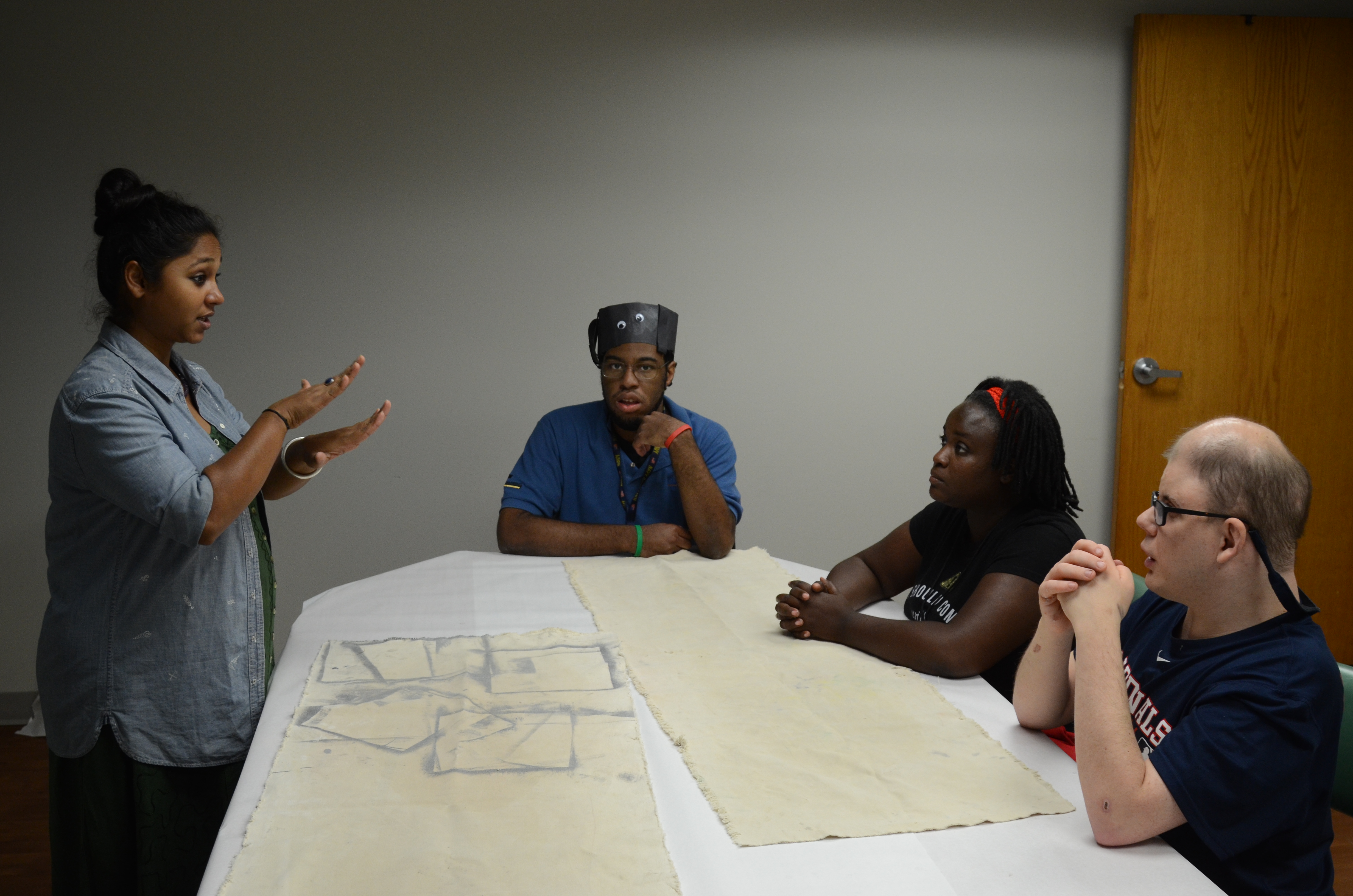
Engagement of Autistic adults in the art project

Engagement of Autistic adults in the art project
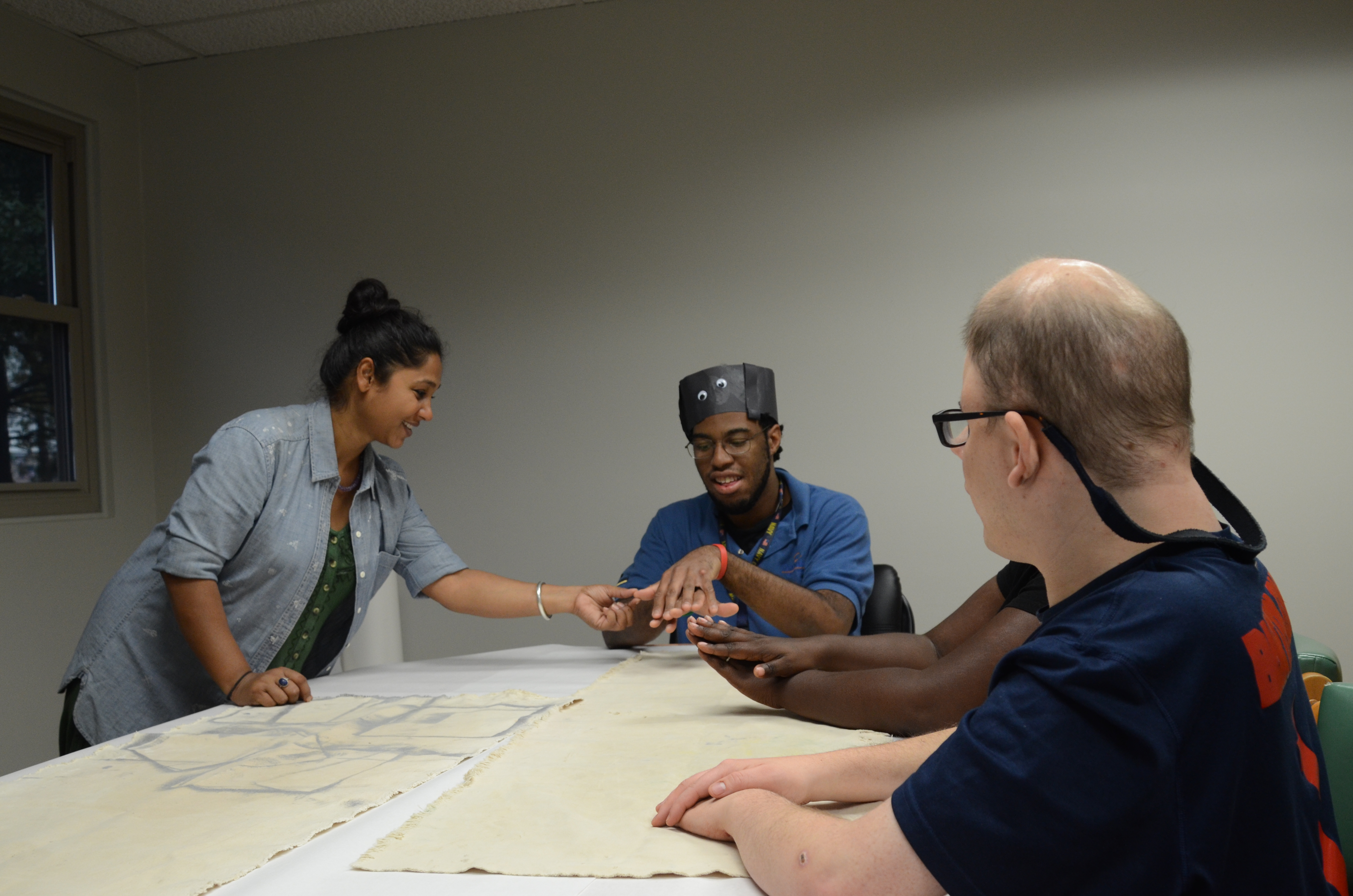
Engagement of Autistic adults in the art project

Engagement of Autistic adults in the art project
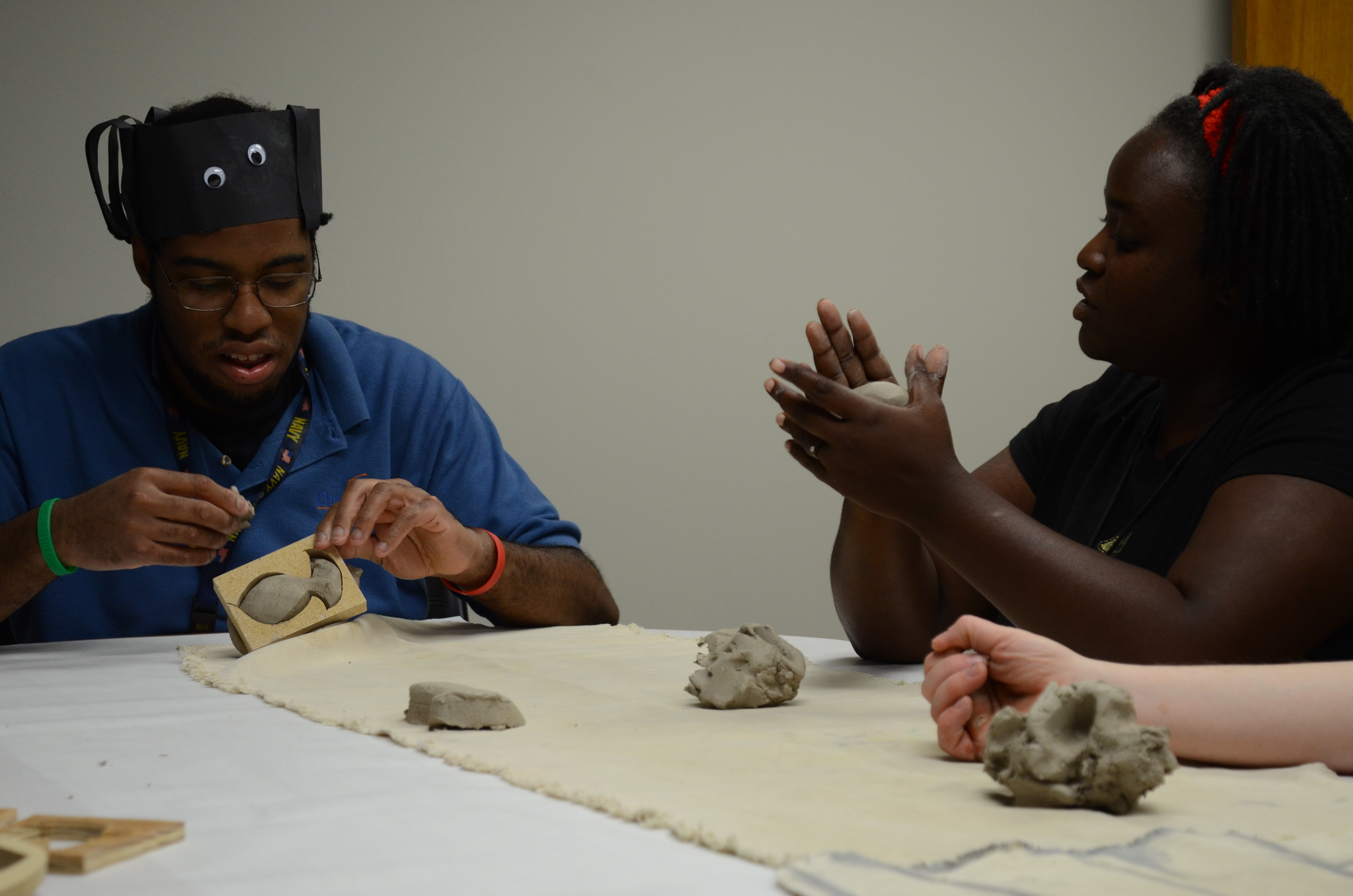
Engagement of Autistic adults in the art project

Engagement of Autistic adults in the art project

Engagement of Autistic adults in the art project

Engagement of Autistic adults in the art project
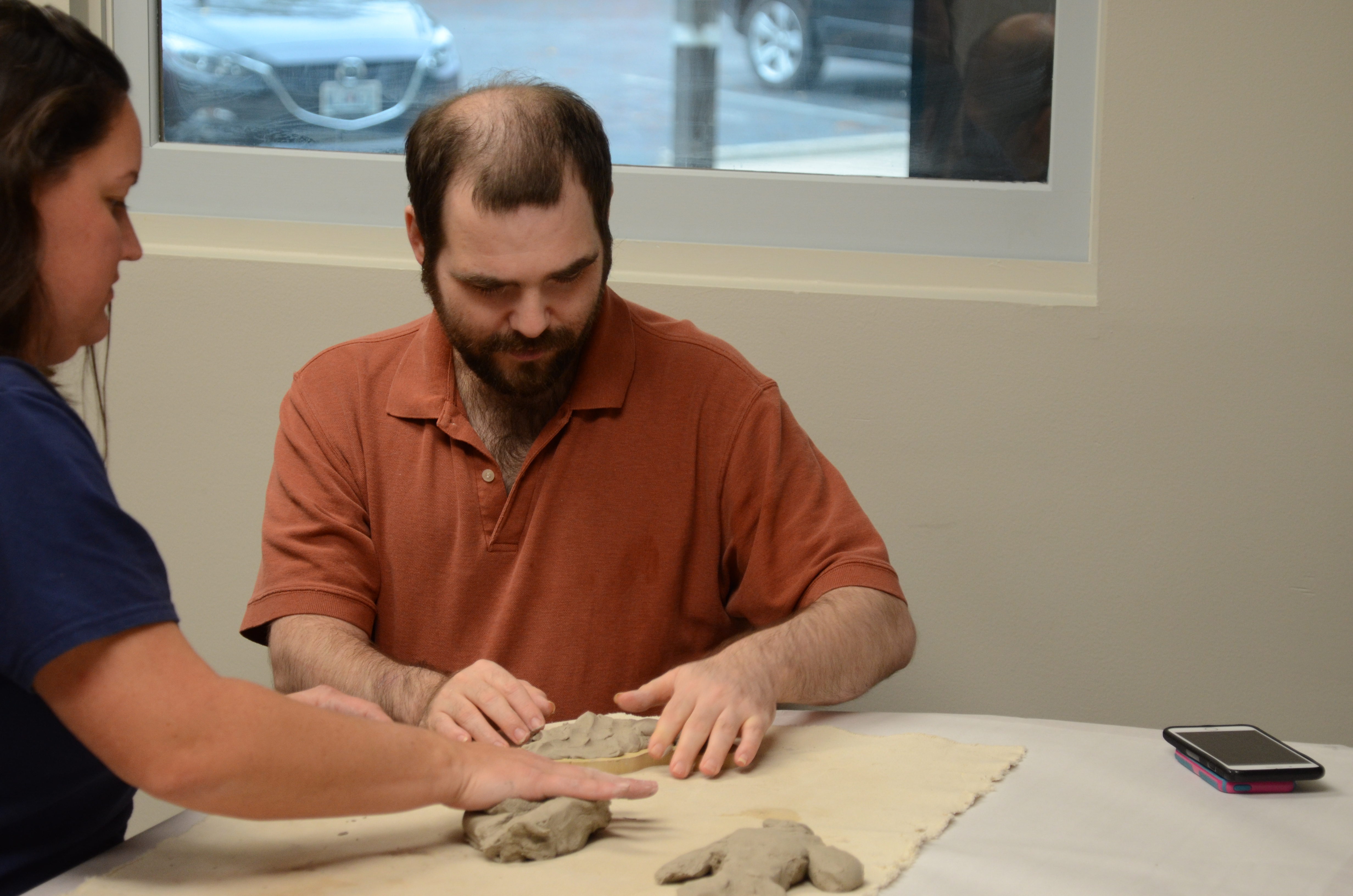
Engagement of Autistic adults in the art project
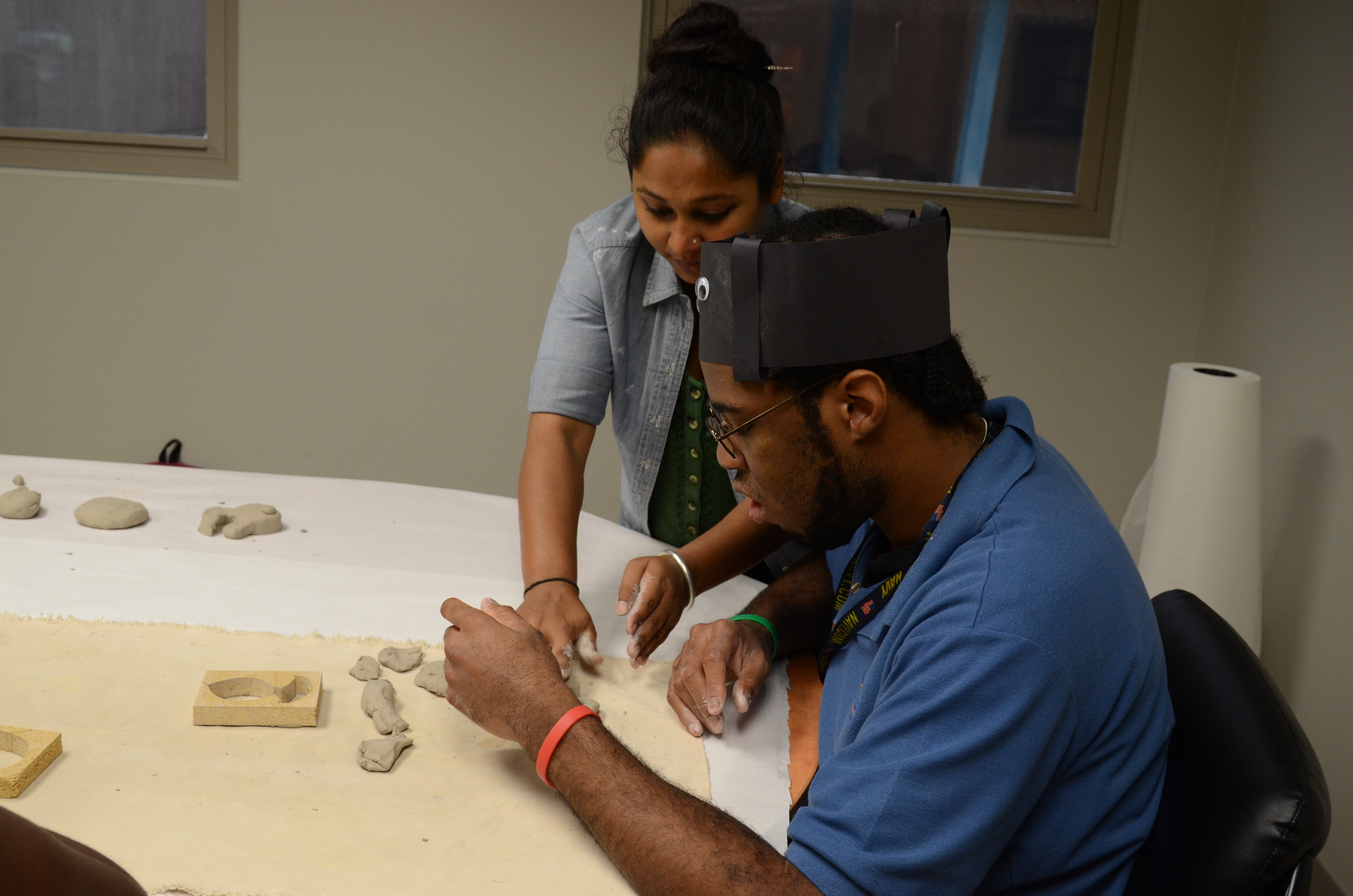
Engagement of Autistic adults in the art project

Engagement of Autistic adults in the art project
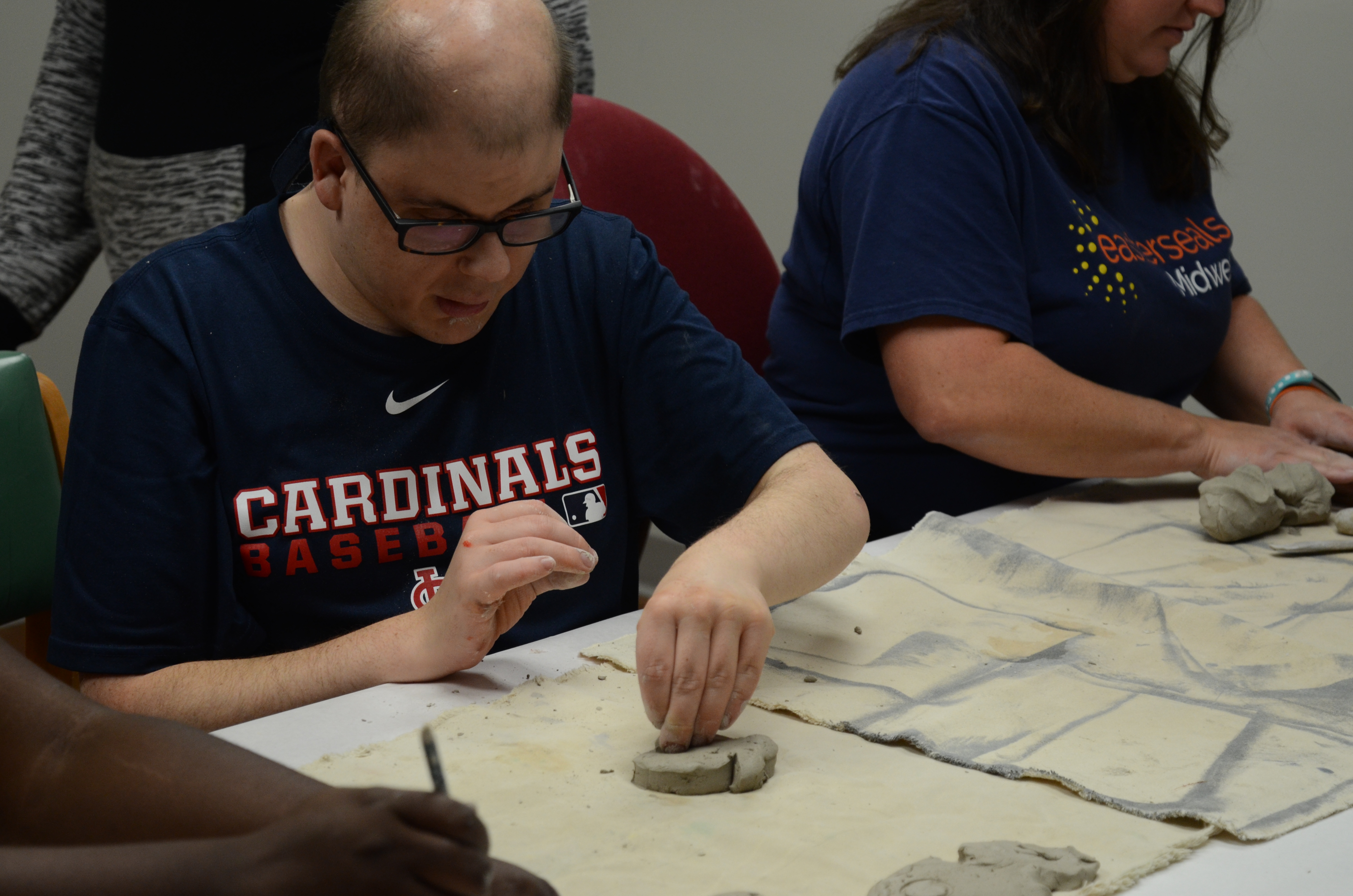
Engagement of Autistic adults in the art project
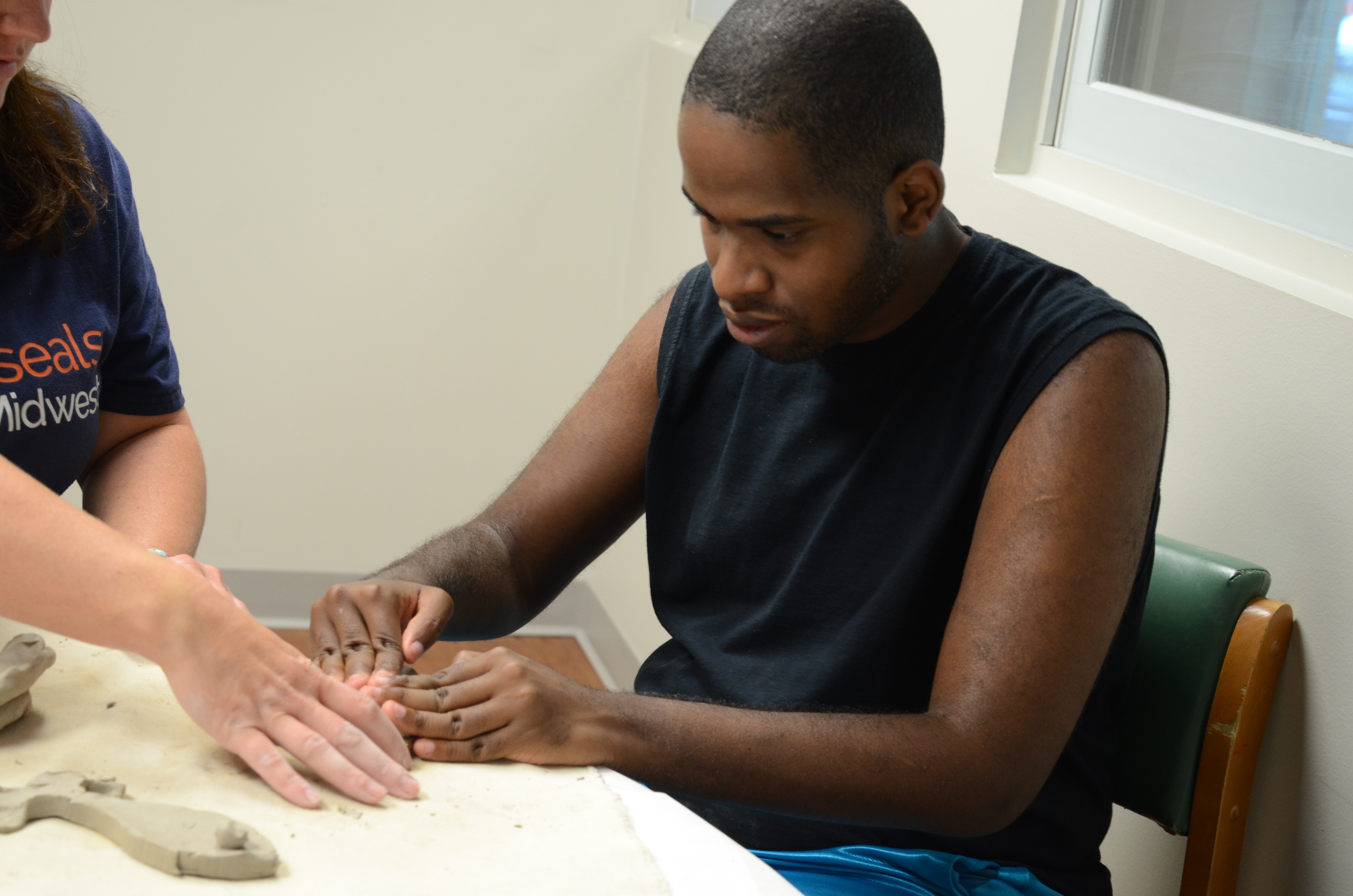
Engagement of Autistic adults in the art project

Engagement of Autistic adults in the art project
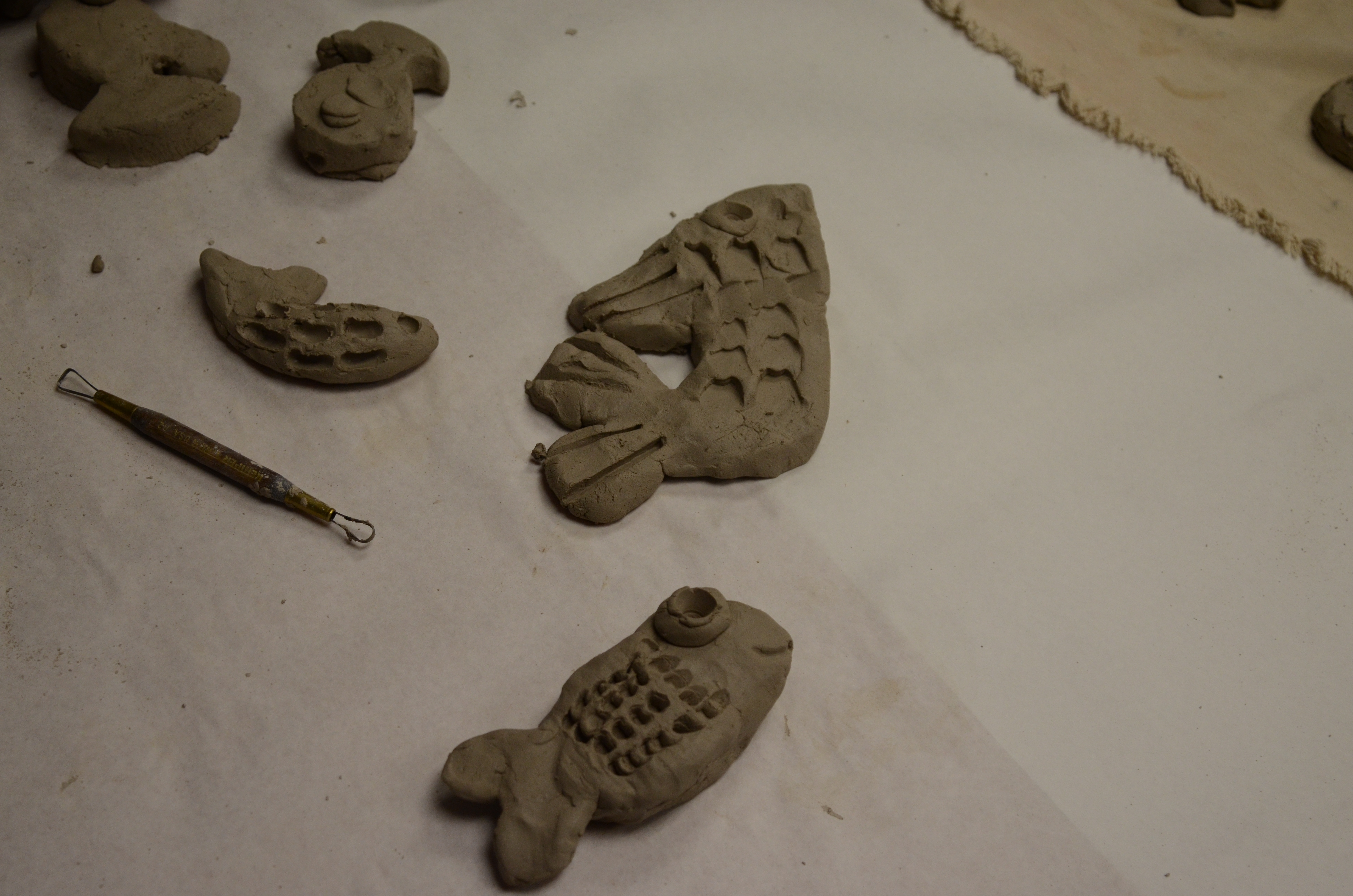
Engagement of Autistic adults in the art project
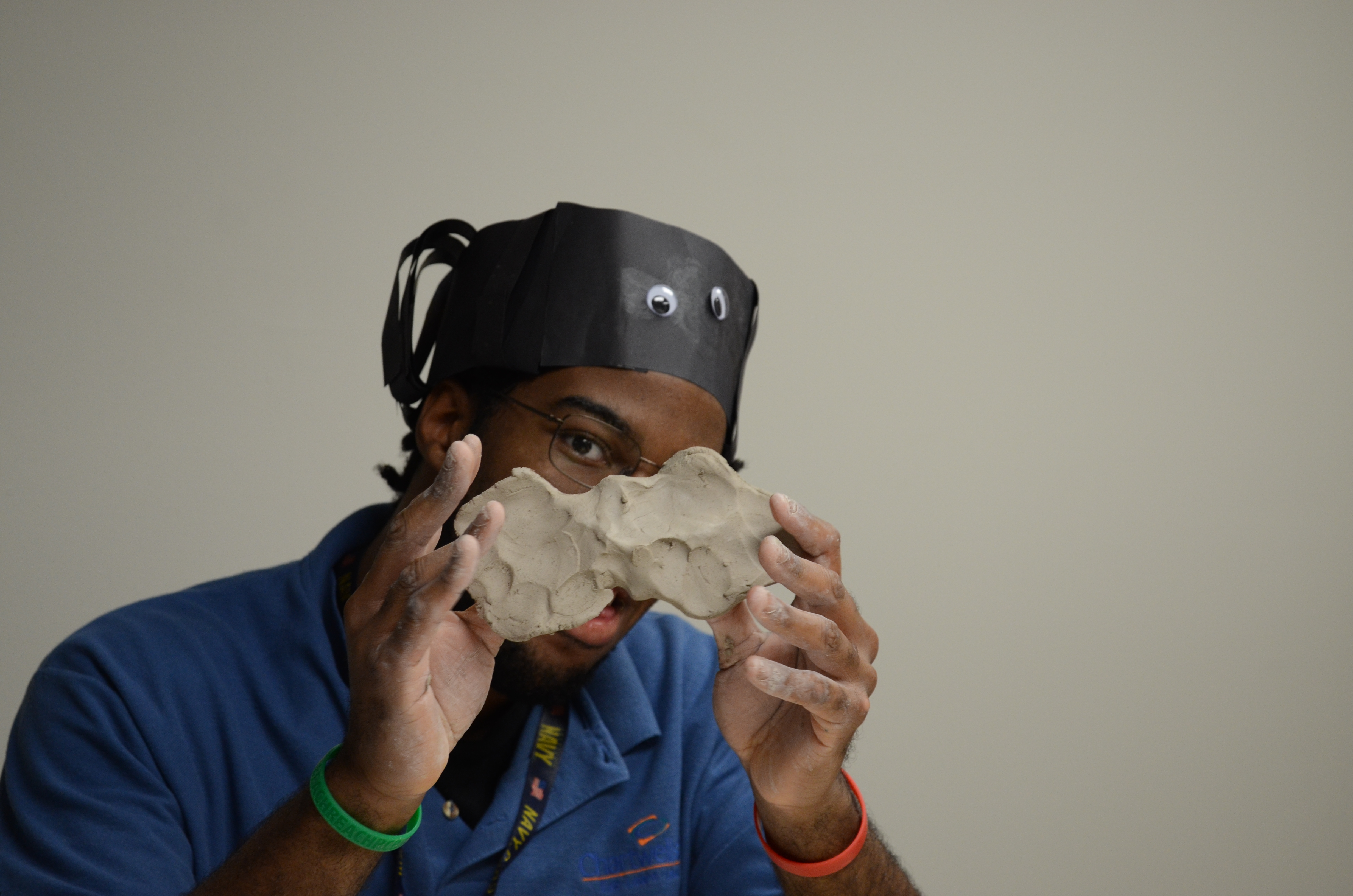
Engagement of Autistic adults in the art project
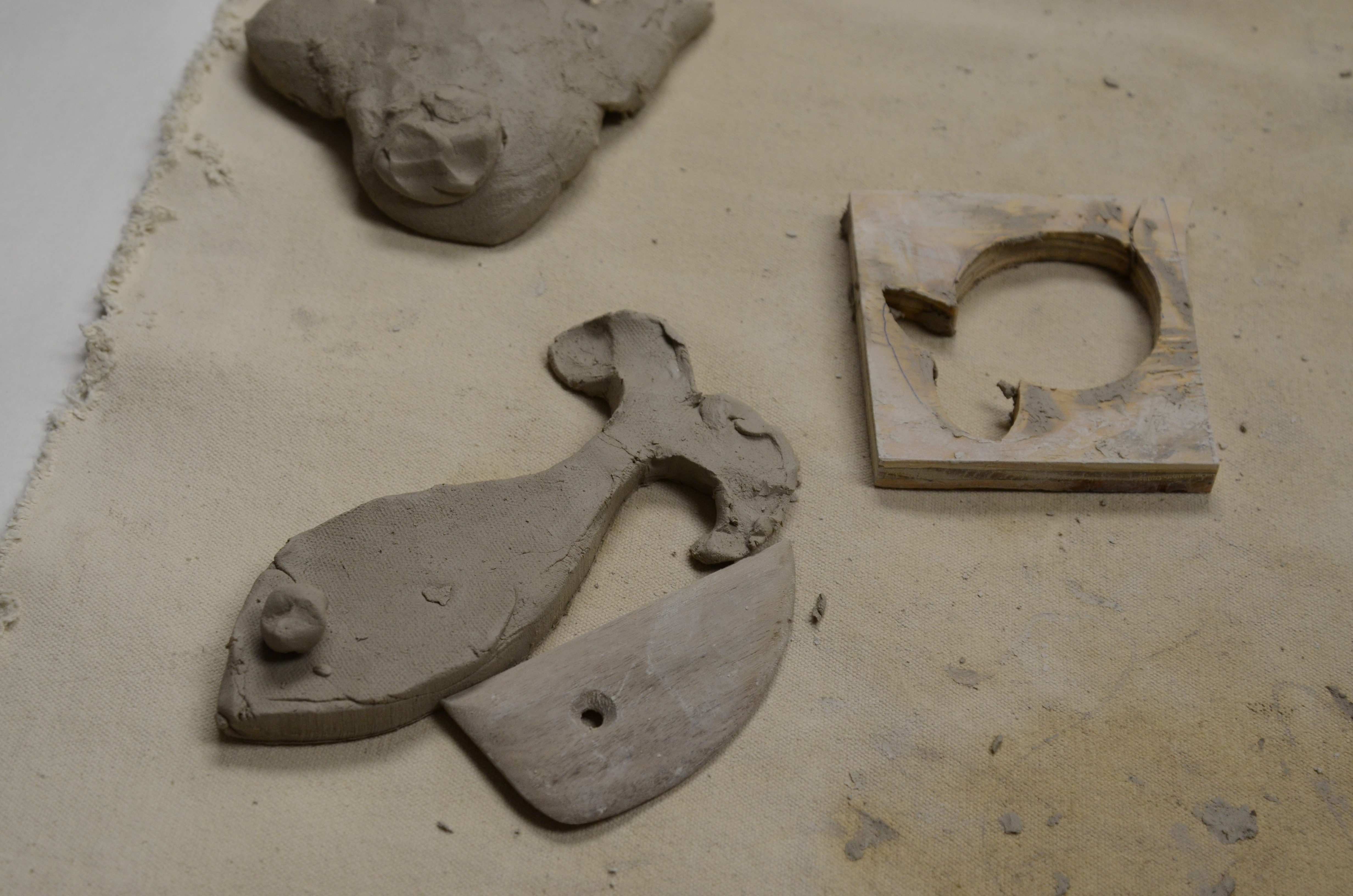
Engagement of Autistic adults in the art project

Engagement of Autistic adults in the art project
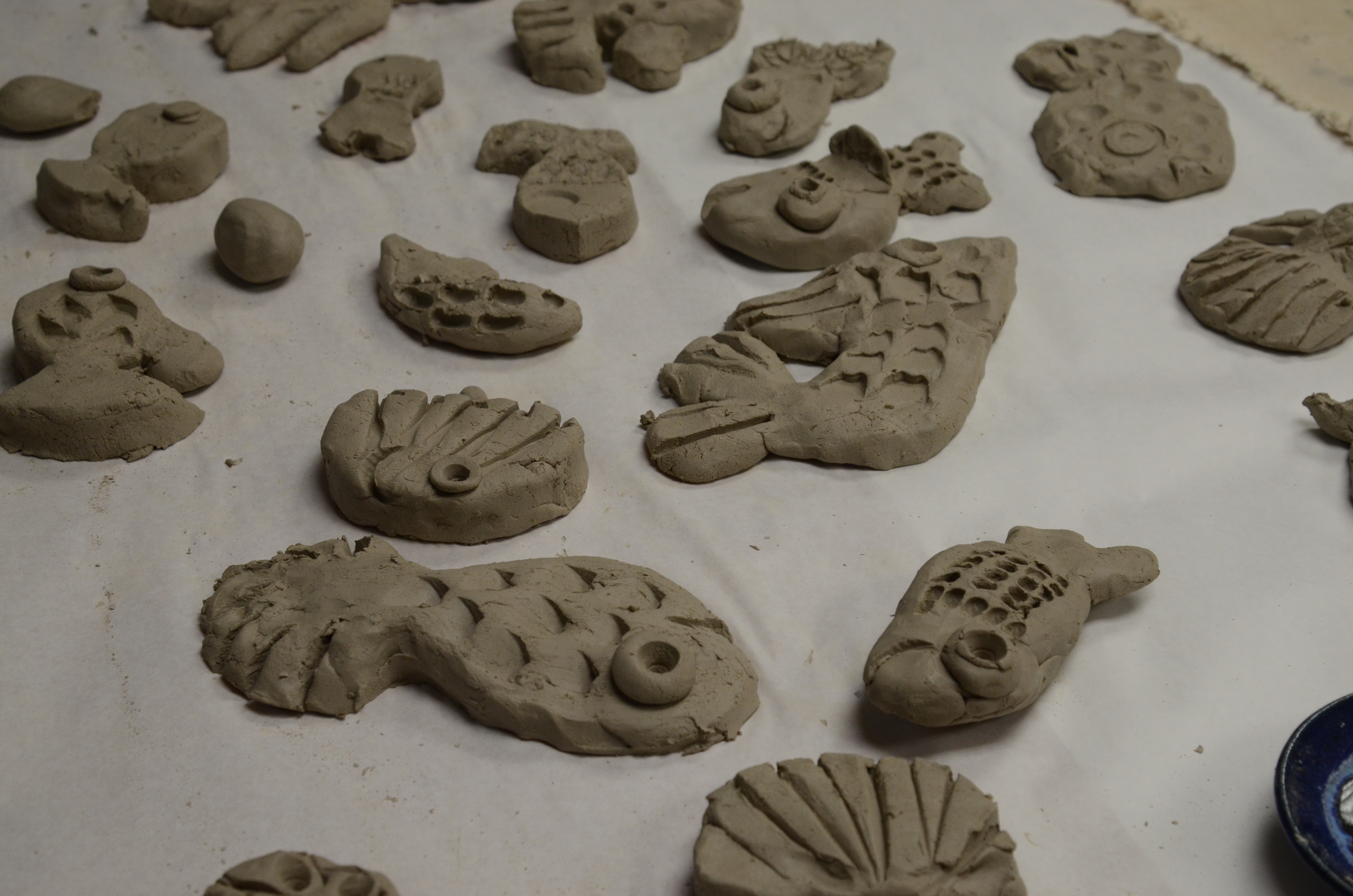
I cut tiny holes in the back of the fishes for nuts to be attached to them and decorated some of them further to look more beautiful. After these fishes dried, they were baked in oven.
Ones the fishes were baked we realized some of them had sharp edges. Clay after being baked/ fired, becomes hard like rock, thus making rough edges not very safe to play with. I had three weeks of time to figure out the next safe option.
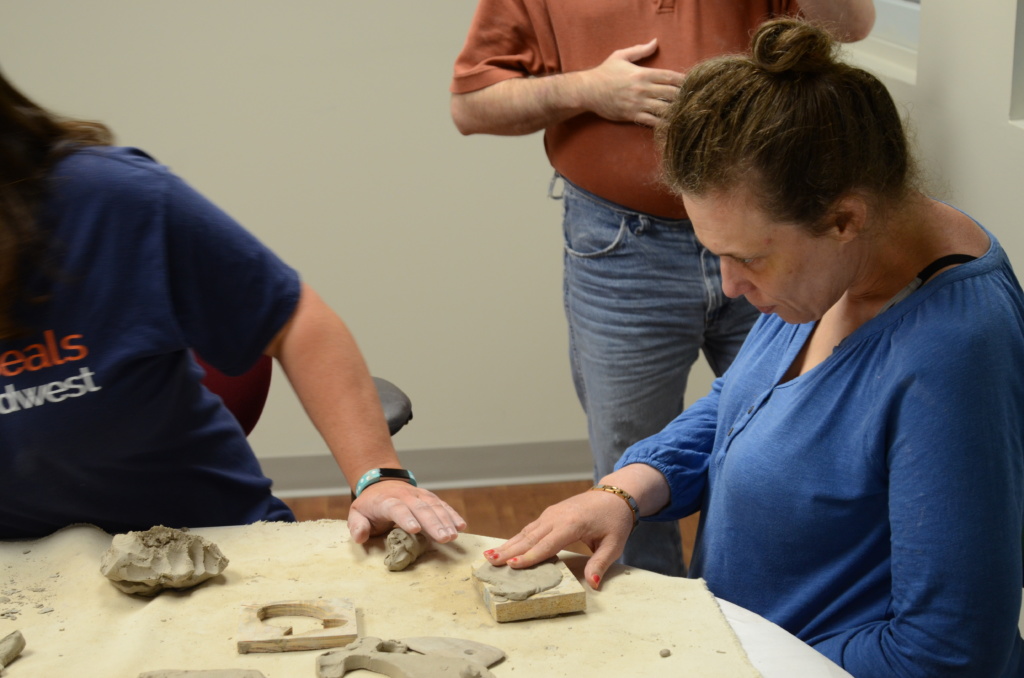
Besides these there was another problem. The plastic glass that I wanted to use in my art work was very expensive. The size I needed could only be shipped from Chicago which is approximately 500 kms away from my university. Somehow a company agreed to sell us the plastic glass on a lower price when they got to know that I will be donating my art work to autism centre.
Even before next fish option could be figured out, our little baby arrived two weeks earlier than the official due date. Me and my professor were even more worried as the deadline to install the work was approaching fast and I could not come to university soon after the baby was born.
He suggested if I could make tiny stuffed fish toys with hard back. With whatever material and strength I had, I made 15 stuffed fishes and decorated them with different colored fabric and fibers.
With a 10 day old baby, I was installing my work at the autism centre. Jey helped me do all the heavy physical work besides being a brave new father. We installed my work in less than 6 hours.
Installation of the work
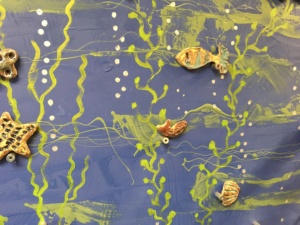
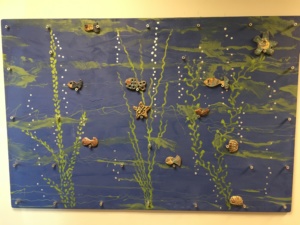
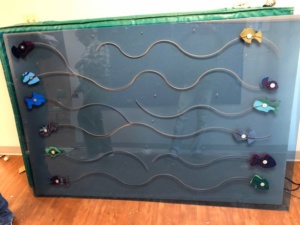
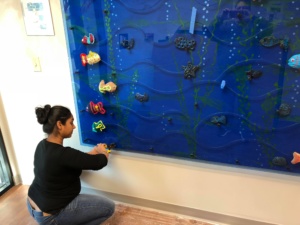
The installation required 5 steps.
Drilling holes on the wood and dry-cement wall. This is different than the brick-cement wall. Finding studs or wooden areas on the wall is a tricky job. If holes are drilled on the dry cement area, it will not take the load of the wood, ceramic, plastic-glass and nuts-bolts.
Mounting a 4×6 feet of heavy painted plywood on the wall. Measuring, labeling and leveling the wood was difficult given the weight of the wood.
Drilling holes on the wood to attach the plexy-glass with two inch high spacers was very tricky part. if the holes were not exactly at the same spot, the glass would not fit properly.
Then we screwed ceramic fishes on wooden plank on the wall and fabric fishes on the plexy-glass.
Finally we mounted plexy-glass on the plywood base on the wall. The plexy-glass was so fragile due to groves cut in it for the movement of fabric fishes that one haste move and the 500$ glass would come shattering down. It was a delicate but final step of the installation process.
Two days later, we had official unveiling of the art works which was attended by several invited guests.
During the unveiling almost all those ‘clients’ were there and a few of them tried to move the fishes in the cut grooves and they look happy.
My professor looked satisfied with the work and I was happy that people can engage with the work I have done here.
